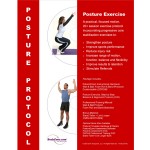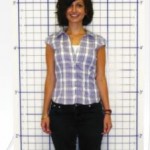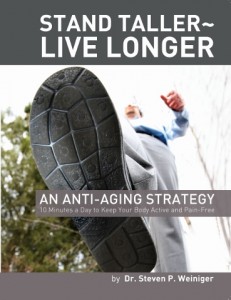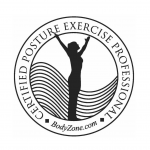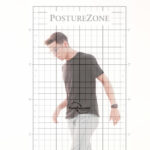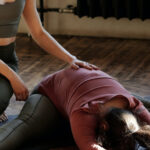Backpacks and Teens
I have a teenage daughter who is in the eleventh grade. I have picked up her backpack on several occasions and wondered how in the world the child could carry the thing because of the weight.
She is frequently complaining of neck and shoulder pain and I had noticed a forward head carriage becoming more pronounced with her even though she has been doing ballet for some time which requires balance and strong core strength. When questioning her about leaving heavy books in her locker, she stated she didn’t have time to go to her locker between classes, so she carries them.
A study published in April 17, 2002 online, titled “Adolescent standing postural response to backpack loads: a randomised controlled experimental study” by Karen Grimmer, Brenton Dansie, Steve Milanese, Ubon Pirunsan, and Patricia Trott , was to test the common idea that backpacks should be worn high on the spine, and loads should be limited to 10% of body weight.
The subjects were 12 to 18-years old. Photos were taken of the subjects standing with unloaded posture and then with backpacks centered at T7, T12 and L3. The weight variances were 3, 5 and 10% of body weight. Their conclusion from the study was that age or gender was not a significant factor when comparing postural response to backpack loads or conditions. Backpacks positioned at T7 produced the largest forward displacement at all the anatomical points.
Their conclusion was that evidence refuted the idea to carry the backpack high on the back and that typical school backpacks should be positioned with the center at waist or hip level. There was no evidence for the 10% body weight limit, but they did not test for weight of back packs above 10% body weight. Their study also did not consider variables of different makes of backpacks.(1)
An abstract titled “Effects of backpacks on students: measurement of cervical and shoulder posture” by Chansirinukor W, Wilson D, Grimmer K, Dansie B, where they performed a pilot study to determine whether the weight of backpacks, its position on the spine or the time carried affected cervical and shoulder posture. Results revealed that both backpack weight and time carried influenced cervical and shoulder posture. Forward head posture increased when carrying a backpack, especially one with a heavy load. Carrying a backpack weighing 15% of body weight appeared to be too heavy to maintain standing posture for adolescents.(2)
In the case of my daughter, we weighed her backpack and it is over 10% of her body weight so we are taking extra measures to help her through using a better built backpack, better balancing of the weight distribution in the backpack, chiropractic adjustments and strengthening her posture.
One of the key measures is strengthening her core muscles through StrongPosture® exercise which effects the entire body in support of the whole kinetic chain from the bottom to the top, isolating supporting muscles and stretching counter balancing muscles.
Learn a complete posture correction protocol to help more people move without pain >>>


